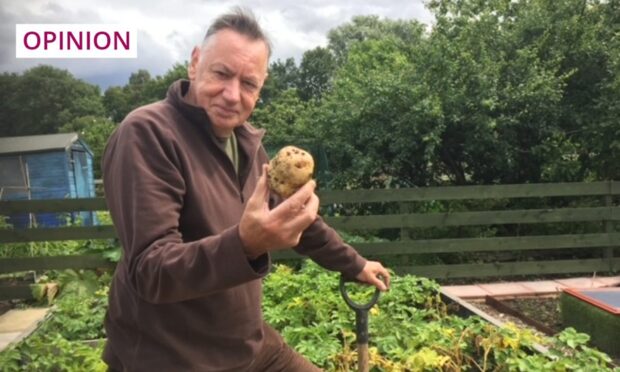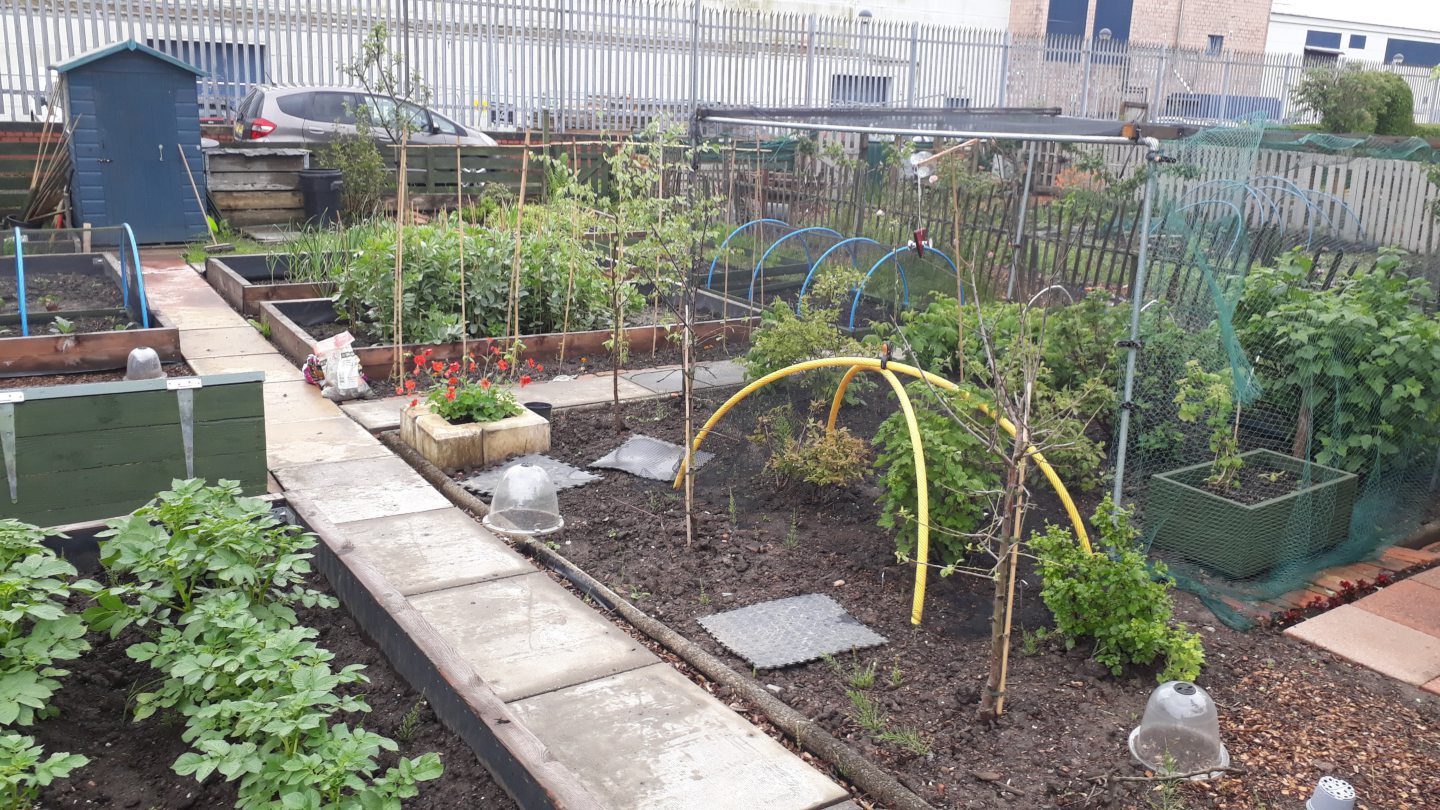I’ve written before about the joy our allotment brings us.
We’ve now been plot-holders (as we are officially designated) for over five years, and a couple of weeks ago attended our local allotment site’s AGM.
Our allotment site has over 60 plots and, we were told at the meeting, the waiting list for one currently stands at 143. That figure is actually an understatement, as the list has been closed for the past year, during which time a further 30 or so applications were turned down. To put the wait into context, last year, of the 60-odd plots, just three became available for re-let.
When we were allocated a plot, we had been on the waiting list for around eight years. We were lucky. At the current rate of turnover, someone low down on the list could be waiting nearly half a century.
It’s the same story across the country. Edinburgh, Glasgow and Aberdeen, the local authority areas with the largest number of allotments, all have long waiting lists.
Currently, there are over 6,000 plots across the country, from the Borders to Orkney. That pales into insignificance when compared with the years of the Second World War, when there were around 100,000 plots of land supplying homes with badly needed food. Allotments were first brought into use during the First World War, when Britain was suffering food shortages due to German U-boats and a naval blockade.
While we are living through straitened economic times today, they can hardly be compared to the food shortages suffered in wartime, when “Dig For Victory” was the order of the day. However, the upsides of running a plot are far greater than simply growing food to help feed the family.
More people should be allowed to benefit
There are benefits for the environment. Far better to grow your own vegetables and fruit than rely on shop-bought alternatives, which have often travelled to the supermarket by lorry, ship, or perhaps even plane. Working on the allotment is good for physical health, too, although my out-of-condition muscles are still aching after pruning our three apple trees last week.
It’s also good for mental health. Apart from the simple joy of gentle physical work in the open air, there’s a sense of community with fellow allotmenteers; chats over the fence, swapping tips, and the exchange of seeds or cuttings.
It all sounds idyllic – and, generally, it is. The only downside is that so few people are able to enjoy these undoubted benefits due to the shortage of land allocated for allotment use.
According to the Scottish Allotments and Gardens Society, the representative body for plot-holders in Scotland, to achieve the Scottish Government’s goal of becoming a “Good Food Nation”, a shortage of land is the main challenge which lies ahead.
“Demand continues to rise,” they point out. “Having the right land in the right place is a matter for planners whose role it is to help support and manage resource allocations and assist in delivering great places to live.”
However, there appears little enthusiasm or action from local government. Local planning authorities have statutory powers and the ability to make policy to help promote and assist communities in securing land to make productive places.
Scotland is not short of unused land
It is now five years since the Scottish Government produced its Good Food Nation legislative proposals. And, as far back as 2015, the Scottish Parliament passed the Community Empowerment (Scotland) Act, which specifically provided new duties on local authorities to provide allotments and limit waiting times for people who wanted a plot. Yet, the lengthening waiting lists and the lack of new allotment spaces show that little has been done.
Central government, it appears, wants it done, and local government has the powers to do it, but there seems to be no communication between the two to progress the matter.
Some joined-up thinking and conversations between Holyrood and Cosla could surely break the stalemate
One thing Scotland is not short of is unused land, whether on former brownfield sites or on the margins of our towns and cities. Some joined-up thinking and conversations between Holyrood and Cosla could surely break the stalemate, go some way to making Scotland the good food nation it aspires to be, fulfil an obvious demand, and improve people’s health and well-being, all at the same time.
It sounds relatively straightforward. However, knowing how government works, I won’t hold my breath. Instead, I’m off to do some winter prep at the allotment.
Campbell Gunn is a retired political editor who served as special adviser to two first ministers of Scotland, and a Munro compleatist


Conversation